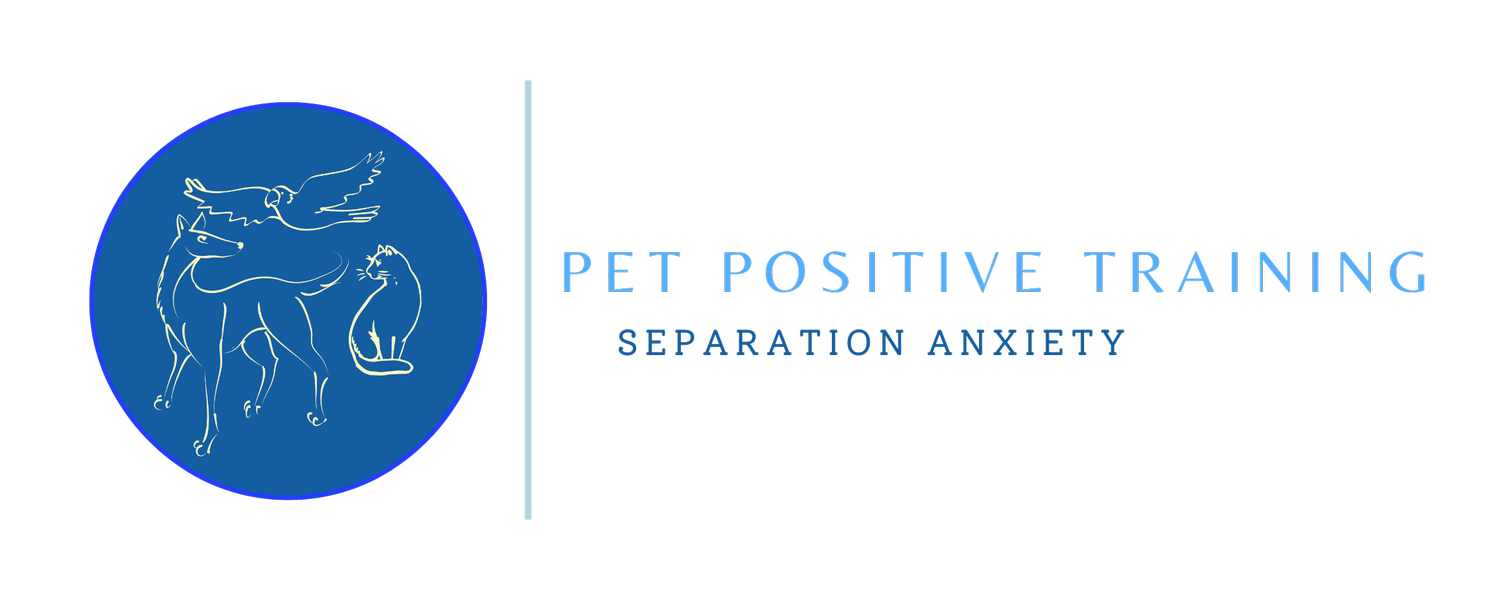To Sit or To Pattern Game?
Good sit!
This pup has a soft, loose expression (soft open mouth, no forehead wrinkles of concern, no white showing in the eyes). This is an excellent time to ask for a sit!
Sometimes, asking for a “sit” works great! It may encourage your dog to focus on that action or on you and help them chillax. But sometimes they just CAN’T sit, and while it may look like it – it is not “stubbornness” or “ignoring you.” In fact, it is usually due to distraction, a new situation, over-stimulation, or fear/anxiety. Other times, they may sit but continue to intense stare at that dog across the street or whale eye around at people.
So when do I use a sit?
Personally, I use a sit to help some dogs steady themselves before a big change like sit before I open the door for a walk or sit before I open the door back into the home. This isn’t necessary or functional for all dogs but sometimes it helps avoid the over-stimulated moment that can end up with jumping, nipping, barking, or intense pulling.
I also use it to double check if a dog is capable of sit when it is usually easy for them. If they cannot, then I know something about the situation is TOO MUCH for the sit. I need to switch gears from “obedience” or “cues” to “counter-conditioning” to help this pup feel better – in other words use food and a simple pattern game to get that attention instead.
But important note - you do have to teach a dog that sitting outside or in a distracting area is the same as that sit we do inside. Even if they know it inside, you still need to use a really good treat lure to re-teach it in new environments before I would say they “know” how to do it there.
When do I use a pattern game?
Anytime I am dealing with a known trigger or my dog is too overwhelmed to sit but I still want to get my dog’s attention or occupy them. Pattern games are easy and predictable and we build them up so that they are basically muscle-memory for a dog – then they are usable even in some tricky situations where your dog may be having trouble remaining still or listening to cues.
I’m going to pull out something key here – having trouble remaining still.
If your dog is antsy or jittery then a sit may be more frustrating instead of calming. That is the perfect time to use a pattern game instead! Give them something TO DO with those feelings as an alternative to some big expressions (barking, lunging, whining, or even tucking tail and shivering).
For both sits and pattern games: If a dog is already barking/lunging or otherwise cannot eat – don’t bother asking for any behavior or a pattern just turn and go. Build distance from that thing that is overwhelming.
Want to learn more about pattern games and/or reactivity? You can sign up for a Virtual Live Session with me or check out the work of trainer Leslie McDevitt.


